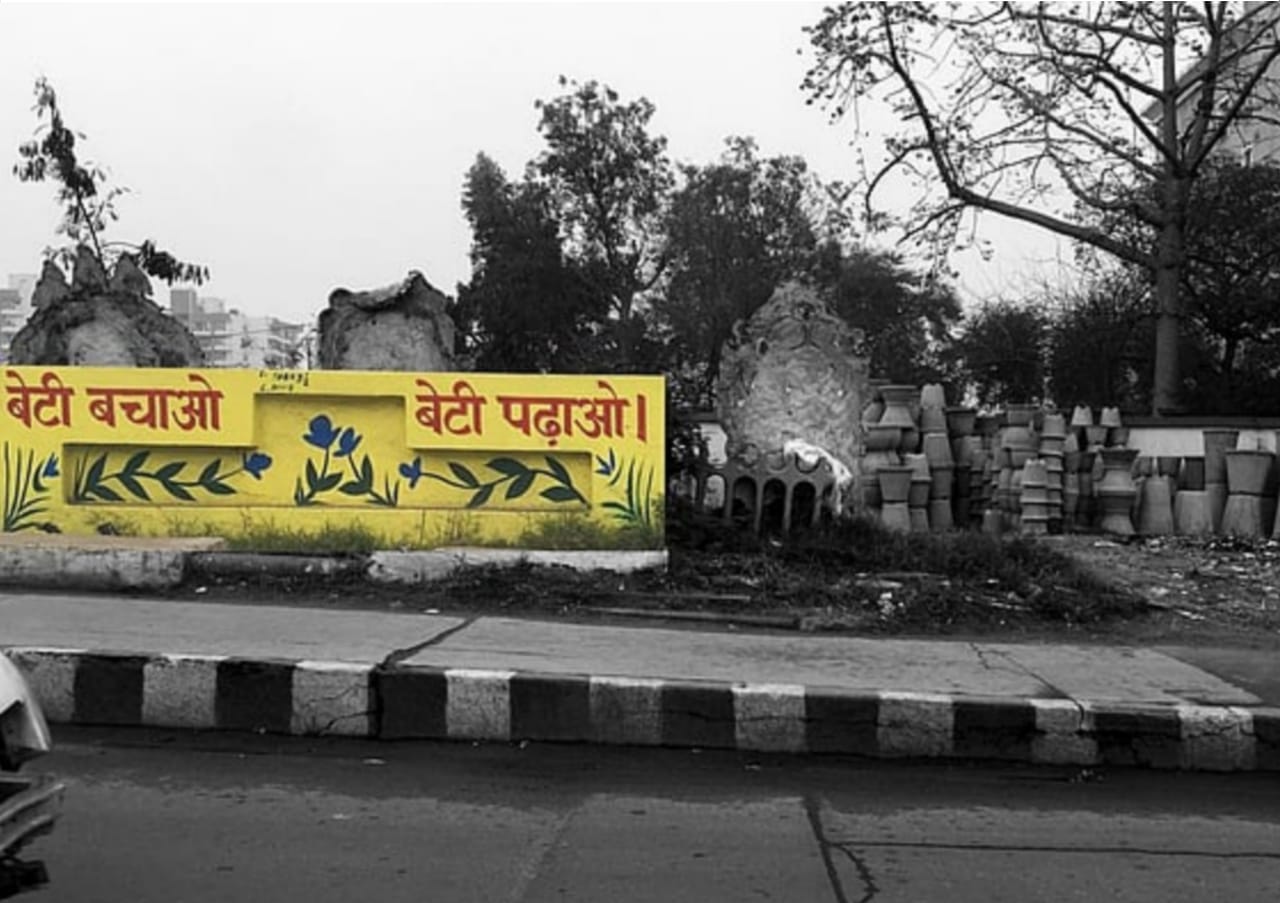
The Union government has firmly dismissed allegations that it spent a disproportionate amount on advertisements for the Beti Bachao Beti Padhao (BBBP) scheme, revealing that only 2% of the program's total budget went toward media campaigns over five years.
Minister of State for Women and Child Development Savitri Thakur addressed the Rajya Sabha on Wednesday, categorically denying claims that nearly 80% of the scheme's funds were allocated to advertising. When directly asked whether almost 80% of funds went to advertisements, Thakur responded with a firm "No, sir."
According to official data presented in Parliament, the government spent Rs 335.37 crore on the BBBP scheme between 2020-21 and 2024-25. Of this substantial allocation, merely Rs 7.02 crore was earmarked for "media advocacy" - representing just 2.09% of total expenditure.
The financial breakdown reveals telling spending priorities. The entire media advocacy budget of Rs 7.02 crore was utilized in the 2020-21 financial year, with zero expenditure under this category in subsequent years. This suggests a concentrated awareness push during the program's initial phase, followed by focus on ground-level implementation.
Peak spending occurred in 2022-23 at Rs 95.96 crore, followed by Rs 88.63 crore in 2023-24, indicating substantial investments in the program's core objectives rather than promotional activities.
Launched in January 2015, the Beti Bachao Beti Padhao initiative addresses India's declining child sex ratio while promoting girls' empowerment nationwide. The program operates through multi-sectoral interventions at district levels, targeting deep-rooted social attitudes toward the girl child and working to shift mindsets that have historically disadvantaged girls.
This clarification directly addresses longstanding criticism about excessive publicity spending with limited tangible outcomes. Critics have questioned whether government schemes prioritize public relations over actual implementation, making this transparency particularly significant.
The revelation comes amid growing parliamentary scrutiny over fund allocation across various welfare schemes. Opposition parties have frequently raised concerns about advertising expenditure overshadowing program implementation, particularly in flagship social initiatives.
The BBBP scheme represents one of India's key gender equality initiatives, addressing critical issues like female infanticide, education access, and women's economic participation. The spending pattern suggests a strategic approach focused on outcomes rather than visibility.
With India continuing to grapple with gender inequality challenges, effective utilisation of such schemes remains crucial. The government's detailed disclosure sets a precedent for transparency in welfare program spending, ensuring public money serves intended beneficiaries rather than promotional campaigns.
This development underscores the importance of data-driven governance and parliamentary oversight in ensuring social welfare schemes achieve their stated objectives while maintaining fiscal responsibility.